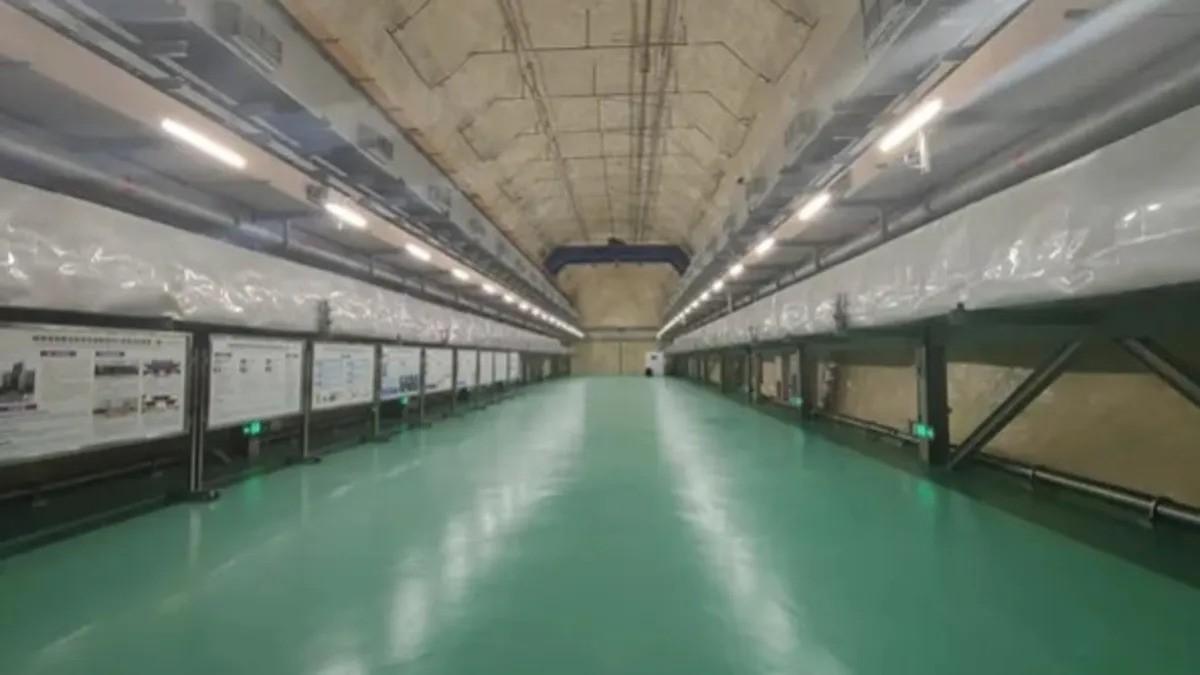Commencing its operations under the upgraded name CJPL-II, the China Jinping Underground Laboratory (CJPL) embarks on the quest to unravel the elusive mystery of dark matter, comprising more than 80 percent of the universe’s matter.
Nestled beneath the Jinping Mountain in Sichuan’s Liangshan Yi Autonomous Prefecture, CJPL-II benefits from a natural shield of 2,400 meters of rock, effectively mitigating interference from cosmic rays and background noise that might otherwise distort the data crucial for dark matter research.
Covering 330,000 cubic meters, CJPL-II offers excellent horizontal access, facilitating the construction of large underground facilities. The primary objective is to detect dark matter particles, which are hypothesized to pass through ordinary matter without interacting with light. The lab hosts two upgraded detectors: the Particle and Astrophysical Xenon Experiments (PandaX) and the China Dark Matter Experiment (CDEX).
PandaX utilizes liquid xenon to detect potential dark matter particles by registering light flashes when they collide with xenon atoms. Meanwhile, CDEX employs a high-sensitivity germanium detector that records electrical signals when dark matter particles interact with it.
These experiments enhance the chances of capturing rare dark matter particles, particularly Weakly Interacting Massive Particles (WIMPs), the leading candidate for dark matter.
While WIMPs remain unobserved, CJPL-II is also poised to explore alternative theories such as axions and self-interacting dark matter (SIDM), where dark matter particles interact with each other. The lab’s unique capabilities position it to address fundamental questions about dark matter’s composition and nature, potentially settling long-standing debates.
Astrophysicist Matthew Walker highlights the significance of CJPL-II’s mission, emphasizing that detecting a dark matter particle would be a monumental achievement, long-awaited by the scientific community. Beyond dark matter research, CJPL-II’s upgraded facilities and depth make it a vital asset for scientists exploring the mysteries of the universe.
He expressed anticipation, stating: “We’ve been waiting a long time to learn what dark matter is.”
The lab’s endeavors are documented in the journal Nature, reflecting its contribution to advancing scientific knowledge. As the world awaits the outcome, the upgraded Jinping lab emerges as a pivotal player in unraveling fundamental questions about the universe’s composition and the elusive nature of dark matter, promising to shed light on one of the cosmos’s most perplexing enigmas.

